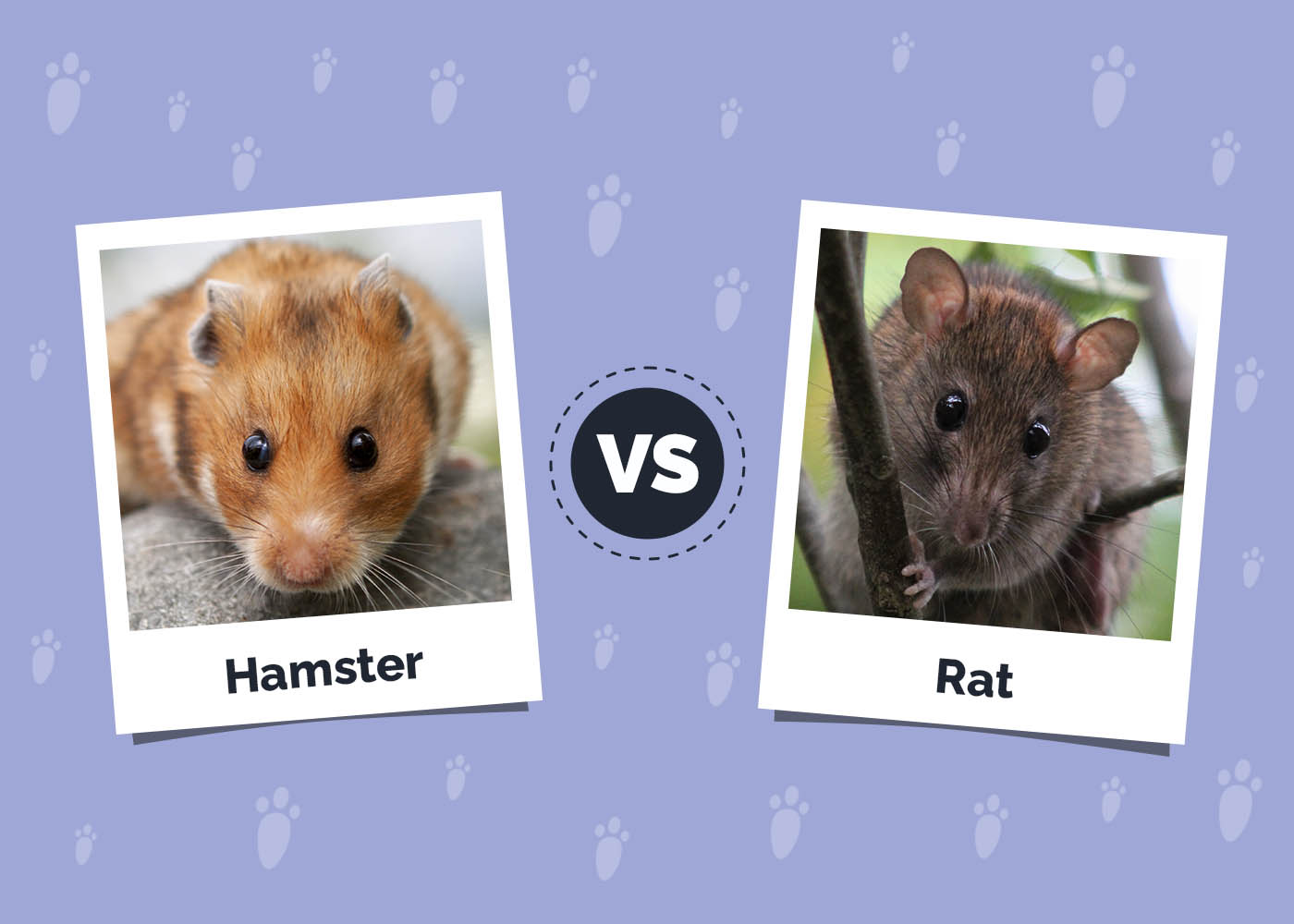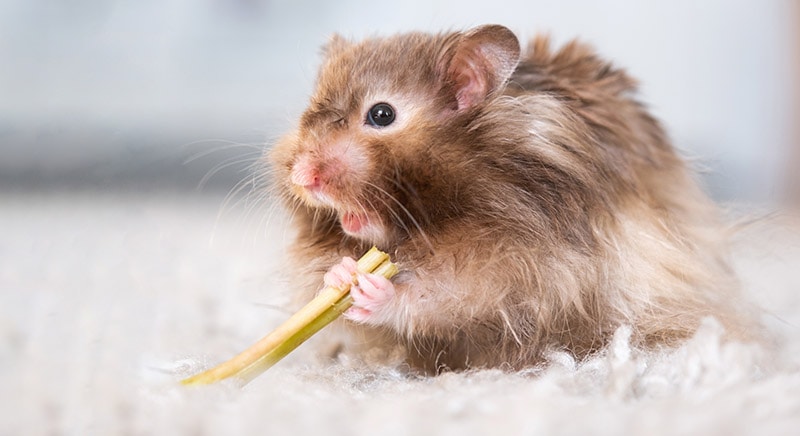Can Hamsters Eat Cabbage? Vet Reviewed Facts & FAQ
By Adam Mann
Updated on
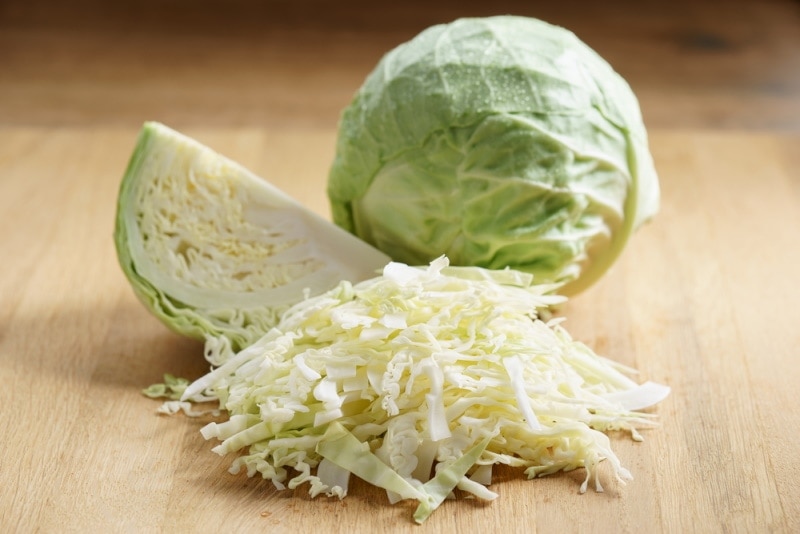
Click to Skip Ahead
When we think of hamsters, we think of them chowing down on fruits and veggies. But did you know that hamsters should actually have a diet that consists primarily of hamster pellets and that they are omnivores? With that in mind, you can feed your hamster cabbage, but you need to be careful with it and only feed them cabbage in moderation.
But how much is too much, why can you only feed them so much cabbage, and what should an ideal hamster diet look like? We’ll answer all those questions and more for you here.
Benefits of Cabbage for Hamsters
While you shouldn’t make cabbage a dietary staple for your hamster, there are numerous health benefits to occasionally feeding your hamster some cabbage. We’ve highlighted a few of those health benefits for you here:
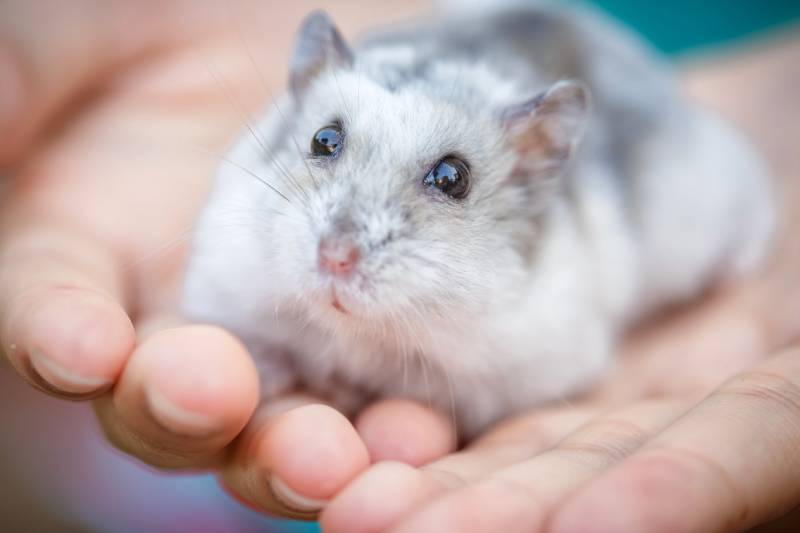
Vitamin K
Cabbage is full of vitamin K, which has numerous health benefits for your hamster. Chief among these benefits is improved bone metabolism, which helps your hamster regulate their blood calcium levels and improves the clotting process.
Calcium
Calcium is great for bone health, and cabbage has a lot of it. If you’re feeding your hamster cabbage occasionally in addition to their daily pellets, you shouldn’t have to worry about your hamster getting enough calcium in their diet.
Dangers of Cabbage for Hamsters
While there are numerous health benefits of cabbage for your hamster, there’s a reason you should only feed it to your hamster in moderation. We’ve highlighted a few potential concerns about feeding your hamster too much cabbage for you here:
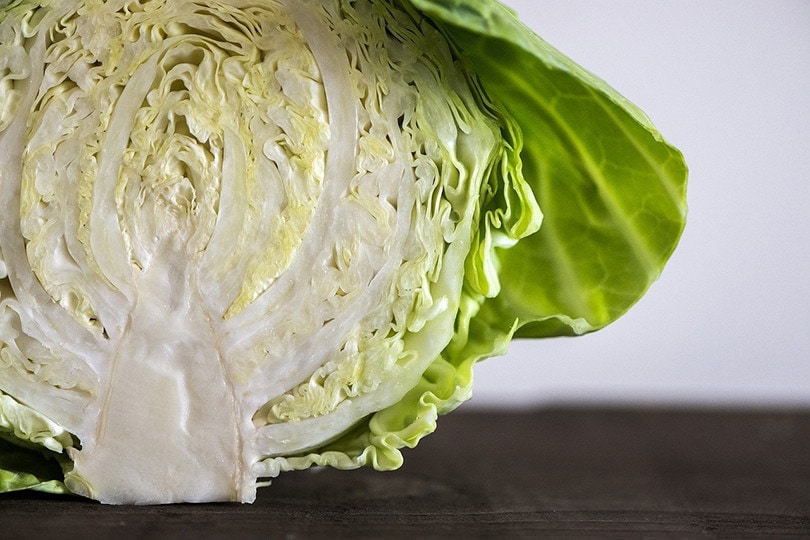
Calcium
While we just highlighted calcium as a benefit of cabbage, if you’re feeding your hamster too much cabbage, it can overload their system with too much calcium. Too much calcium can lead to various health problems for your hamster, like kidney stones.
Fiber
Fiber is something that’s great for people, but it’s a bit harder for your hamster to break down. A hamsters diet should be about 5% fiber. Too much fiber can lead to numerous digestive issues for your hamster, including diarrhea and bloating. This diarrhea can lead to even more severe complications for your hamster, like dehydration.
How Much Cabbage Can You Feed Hamsters?
Hamsters are small creatures, and because of this, they really don’t need much cabbage as a treat. In fact, if you give your hamster half a teaspoon of cabbage leaf, that’s more than enough, and even then, you shouldn’t feed cabbage to your hamster more than three times a week.
Also, keep in mind that you shouldn’t feed your hamster their weekly cabbage allotment all at once. Instead, space it out, preferably giving them a day between each serving of cabbage to let their bodies reset.
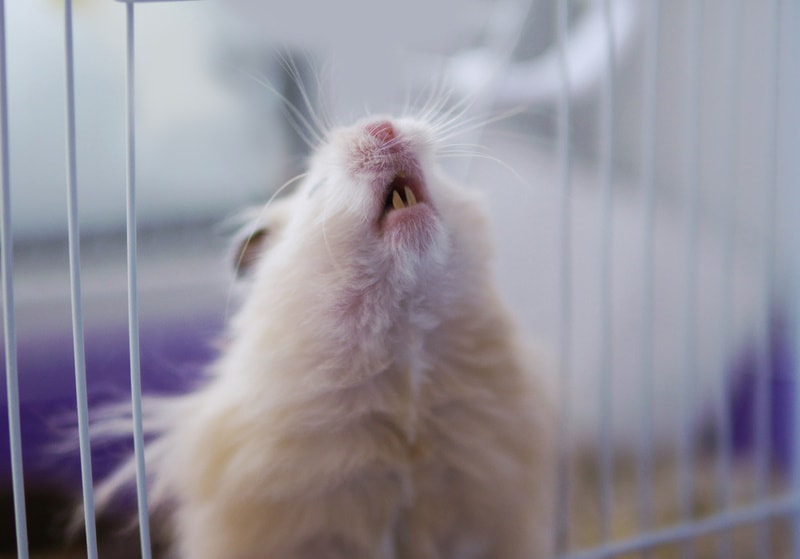
The Ideal Hamster Diet
Now that you know a little more about cabbage and hamsters, all that’s left is for you to figure out what you should be feeding your hamster on a daily basis. Luckily for us, the PDSA does a great job of breaking down the ideal hamster diet for us.
Keep in mind that while this is a great guide on what to feed your hamster, you should reach out to your local vet to determine just how much you should feed them.
1. Pellets
Pellets should make up the majority of your hamster’s diet. While the exact amount your hamster should eat on a daily basis varies, in general, your hamster should get between 1/8 and 1/3 cups of hamster pellets each day.
Keep in mind that hamsters are nocturnal and eat at night, so just because you don’t see them scarfing down their food in the middle of the day doesn’t mean they aren’t eating. If food isn’t eaten, it is important to remove it and replace it with fresh food. You can monitor if any food is eaten overnight, and if not, it is time to see your vet for some advice.
2. Vegetables
Vegetables are a great treat option for your hamster. With the right pellets, your hamster doesn’t need fresh veggies, but as an occasional treat, they’re fine and great for enrichment (keeping your hamster entertained). Safe veggies for your hamster include greens, peas, and carrots. Just thoroughly wash them before feeding them to your hamster and try to choose organic vegetables if possible.
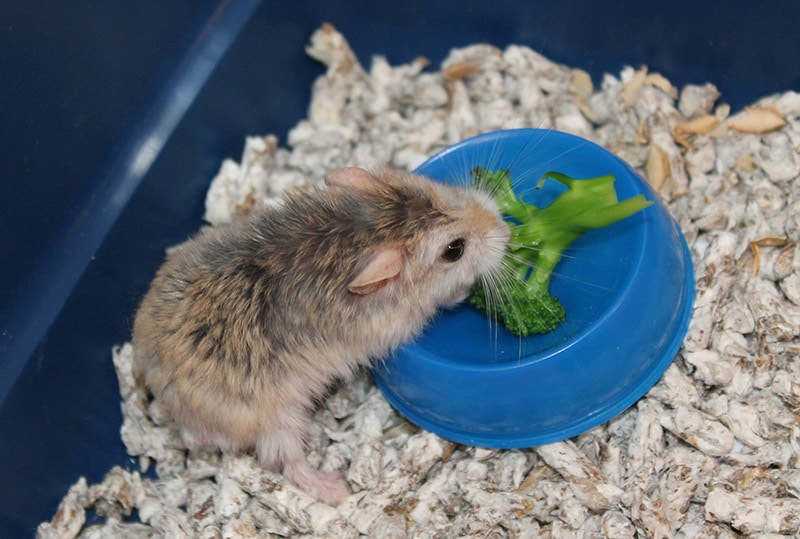
3. Fruits
Just like you can safely feed your hamster fresh veggies as a treat, the same thing is true with fresh fruit. Safe fruits to feed your hamster include strawberries, apples, and cherries, as long as you thoroughly wash them and remove any seeds before offering them to your hamster. Bear in mind that fruits are high in sugar, so must only be fed in moderation.
Final Thoughts
Cabbage has some excellent nutritional benefits for your hamster, but it should only be given in small quantities and not too often. Hamsters can eat so many different types of fruit and vegetables as treats, alongside their pellet diet, that you really can add some variety to their day. Just make sure that the fruits and veggies are cut into small pieces and that they are not given too frequently. Always ensure they’re getting more than enough hamster pellets to safely meet all their nutritional needs!
See also:
- Can Hamsters Eat Cantaloupe? Vet Approved Facts & FAQ
- Can Hamsters Eat Celery? Vet-Approved Facts & FAQ
Featured Image Credit: SherSor, Shutterstock


